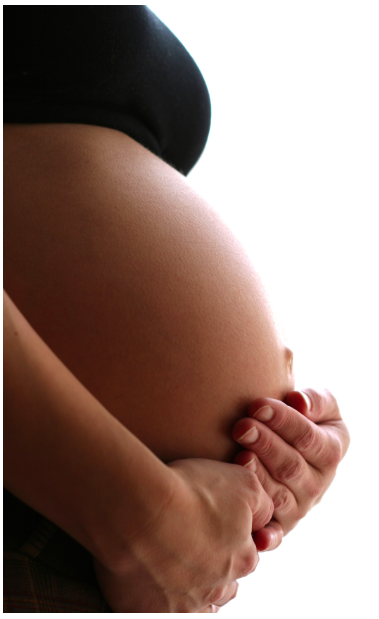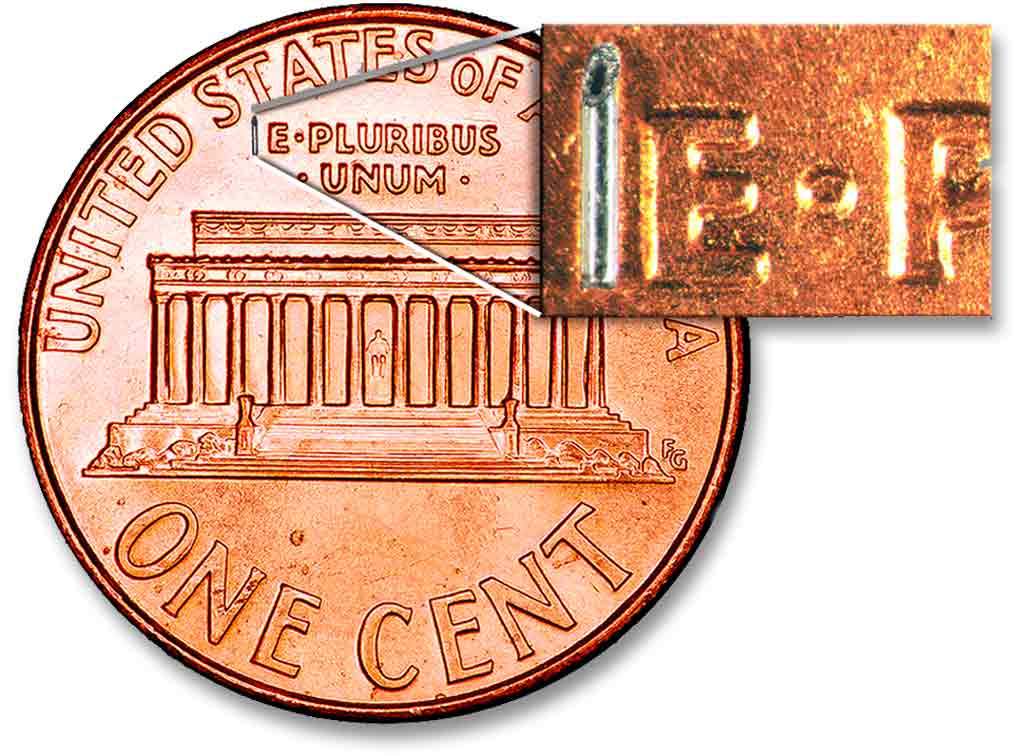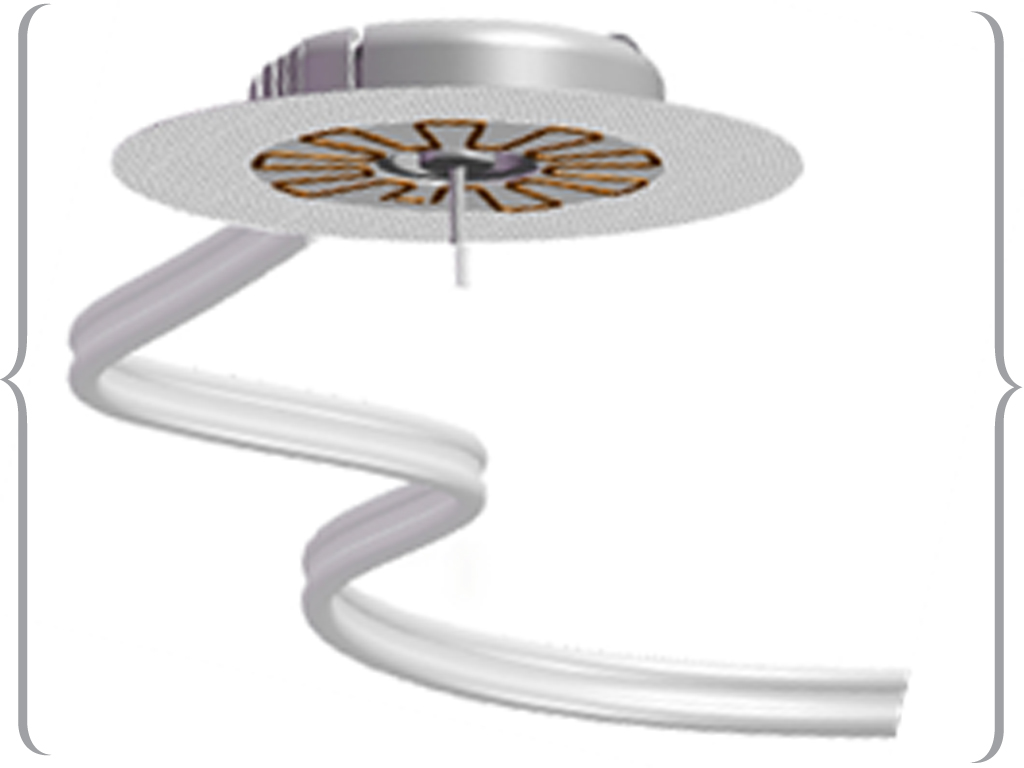Using CGMs, Insulin Pens, and Pumps
Insulin Management - Article 7 of 7 in Systems Approach Series

How to interpret CGM for BG control
Continuous glucose monitors provide a wealth of information that may be used tactically to improve BG control. Some of this is provided right on a Dexcom CGM receiver by the “trend arrow” that it displays, but the algorithm they use to come up with it cannot know the insulin you took, not to speak of any exercise or even recent meals, so it does not always display as comprehensive a trend as a better-informed estimate could.
Recall from the physiology article — Physiology of Managing T1D — that there is a time delay between the events that affect glucose and having them show up in a CGM glucose plot. It takes time for food to make its way from the mouth, through the stomach then the duodenum and finally absorption into the blood, whence it takes yet more time to transfuse into interstitial tissue where it can interact with the CGM sensor probe. The electrical and electronic processing that follows that, at least, is pretty fast. There are delays for exercise and the physiologic components that influence the dawn phenomenon as well.
Dexcom CGM receivers produce a warning, buzzing and beeping when they detect a glucose reading that is above or below a specified range, which they also do when glucose rises or falls rapidly. This is certainly important, alerting users to these abnormal, if infrequent, situations, but the biggest advantage of CGM lies in the ability to see the leading edge of a big glucose change, whether it be an uncompensated increase from food or a decrease from exercise or excessive insulin, and thereby see the consequence of that imbalance coming.
With good enough models and experience estimating meals and exercise we wouldn’t need CGM at all because an ideal model with perfect parameters could predict the future based on those inputs; a known food quantity, exercise amount, insulin type and timing can predict future glucose in principle. A really good smartphone app, one that could adaptively determine the appropriate model parameters, would be all anyone needed with perfect input estimates. Of course, we don’t have that and the manual estimates required will always be an issue, but with CGM and a sense of how food and insulin work, we can do better than with simple BG tests that have no historic context the way CGM does.
Know Your Physiology
So the basis for BG control is to know how your physiology works (see Physiology of Managing T1D). The liver and food supply glucose and insulin enables the body’s cells to consume it. BG control involves balancing those two. To the extent you can, keep track of what you do, what, how much and when you eat, and the same for exercise as well as the insulin you take. The benefit of CGM is that it shows you how well the balance you tried for is working, which can tell you how things are going to balance out in the (immediate) future.
When you bolus and eat (starting from normal BG) there is a chance they will balance, or that they will not to some degree. If the CGM plot that follows the meal trends up or down, it’s important to note how steeply it moves away from normal. Too steep and the amount and/or timing of insulin was off, and supplemental insulin (or food) is necessary. Often you will suspect that a meal had more carbohydrate than intended, so it is useful to watch out for the CGM plot to start changing an hour later. If it does so at all steeply, then a supplemental food or insulin bolus is indicated. With CGM, checking glucose after eating is actually more useful than before, important as that is. I use the Dexcom Share app on my smartphone so checking BG just involves a few taps here and there, and with sharing on my iPhone, it doesn’t take any battery use away from the Dexcom Receiver. Dexcom intends Sharing for others such as parents (and it’s great for that) but it doesn’t have to involve someone else and any user can take advantage of it.
CGM Values are not Just Test Strip Values
It is tempting to think of CGM values as a continuous version of what you would get with constant use of BG test strips, and in that sense, the accuracy of a CGM system is as important as test strips used to be. But the continuous nature provides something more; it can tell you where you are in the process of food digestion, insulin absorption, and exercise recovery. These various processes change in their degree of BG contribution as they progress, and CGM can show you what stage that is, rather than just this moment’s snapshot. Your BG trend over time is, in my opinion, more important than the particular BG you happen to be at the moment, because it tells you how you did with your last food/insulin balance calculation overall, including where you’re headed, rather than just what’s happening now.
Dexcom wants you to calibrate its sensors every 12 hours, and the older its sensor gets, the more important it is that you not go much longer, but as a practical matter whether you are 90 or 120 mg/dl only makes a unit of insulin difference, while trending down three hours after eating when you should be steady means you were several units off in the last dose calculation, no matter what the absolute BG is. Look at your BG graph as a picture of not just where you are, but as how well you did with your last insulin dose calculation and the estimate of food or exercise you had. BG changes, especially steep changes, deserve immediate attention, and with careful consideration, you can benefit as much from that as diabetics used to from BG readings hours later at the next meal.
Pumps vs Syringes
Insulin pumps, in general, have a good reputation as being “the best” when it comes to BG control. But it’s a reputation they don’t really deserve. There’s only one place where they are decidedly better than syringes, and that’s during the morning’s dawn phenomenon period. The rest of the time, two or three shots of NPH are just as good for basal, and syringe use is actually better than pumps for the bolus, inasmuch as they can mitigate lipodystrophy.
What pumps really do is force users into a basal-bolus regimen, while you can do anything with syringes. Pumps can be troublesome to set up, and even to use after that. They are less dependable, and it’s easier to run out of insulin with their reservoirs. Insulin pens can hold more, and with them, you can more easily see how much is left. There is hardly anything that can go wrong with a syringe, while with pumps there are dozens, from battery rundown to runaway processes. In just the last five years pumps have been recalled 20 times, with 100 lawsuits over pump malfunctions. Medtronic reported 150,000 problem reports (of death or injury) between 2008 and 2018. Unlike syringes, when pumps fail, for any of dozens of reasons, users can wind up hospitalized.
Comparing time, effort and money
Comparing syringe versus insulin pumps involves differences in time, effort and money. Syringes, insulin pens and pump insulin reservoirs need not be kept cool to preserve the insulin, but there are other differences;
Syringes:
- Are cheap, may be reused over and over for several days each, and cannot fail mechanically or deliver the wrong amount of insulin for any reason other than operator error. I use my syringes weeks at a time and have yet to run out of boxes of 100 I would get as samples at the ADA June Convention.
- Insulin pens are smaller and easier to carry than insulin pumps, and the latest versions can communicate dose timing and amount to a connected Bluetooth app on a nearby smartphone.
Insulin pumps:
- Are better at basal insulin delivery part of the day, specifically in the early morning during the dawn phenomenon, but their basal insulin delivery the rest of the day, while potentially marginally better, is little different from a single 24 hour insulin dose daily, or two or three daily NPH insulin doses, either of which is given by syringe. They still need supplemental Regular insulin doses for the dawn, though, and for those eight hours a day, pumps are better,
- Cannot deliver a bolus any better, and in some ways are worse, than syringes. Bolus delivery to an inset by insulin pump is little different from that by syringe, but the insulin bolus remains located at the pump’s inset location and cannot be rotated the way syringes can. Nor can the dose size be minimized to make for more injection sites.
- Are costly, starting with the pump itself, which ranges between $4,500 and $6,500, while the annual cost of supplies (infusion sets, lines, cartridges, tape, batteries, etc.) runs around $1,500. The effort to replace lines, insets and batteries, as well as refill the cartridge, not to speak of the time needed, adds another 25% or so to that, making for almost $2,000 per year.
The benefit of syringes and pumps are fairly similar. Pumps have a better basal profile, while syringes enable better bolus site rotation. Otherwise, their insulin delivery is virtually equivalent.
What makes insulin administration “better” is how it’s done. People who have better control often use multiple injections of different insulin at different times for basal need, and multiple injections per dose for bolus need, all while using extra fast insulin for the bolus, and not using ultra-long-acting insulin for their entire basal dose. The other factor needed to make things “better” is to use the right dose in the first place, and correct dose/meal quantity errors quickly after eating, using input from your CGM. Doing all that, you don’t even need an insulin pump to get what would be considered great control. I eat more carbohydrate than I really should, as much and whenever I want, without exercising, all of which would normally lead to an HbA1c of 8% or more, but mine is just 6.2%, not even rank diabetes, but “pre-diabetes.”
Using CGM with Insulin Pumps and Smart Insulin Pens
Continuous Glucose Monitoring in this section refers to products like the Dexcom G4, G5 and G6 systems that provide glucose information at some distance, and not the “flash glucose monitoring” device that was introduced by Abbott as an alternative to them. While the Freestyle Libre system is less expensive than the Dexcom CGM, it doesn’t provide insulin pump integration or the out of range, rapid change, and other alarms that are standard with Dexcom systems.
Artificial Pancreas
Glucose measuring devices have been around since insulin pumps, and well before smart insulin pens, but today’s CGM systems and pumps are being integrated with smartphone apps that can tie all their data together. Pairing a suitable CGM with a pump can amount to an “artificial pancreas”, which has previously only been possible with cumbersome equipment in a hospital or laboratory.
In addition to today’s commercial Artificial Pancreas products, there is a complete system freely available for the Apple watch and iPhone called “Loop”, and even a Google Group, ‘openaps-dev’, devoted to the development of an “open” artificial pancreas system. Not to be outdone, there is AndroidAPS, which runs on Mac, Windows and even Linux.
The first step in the process of creating an artificial pancreas from an insulin pump was with “sensor-augmented” pumps, which became feasible with “real-time” CGM 15 years ago. These systems used the CGM readings to look for glucose trending to such a low level there was a risk of hypoglycemia, whereupon it suspended the basal dose that was going on (as well as any extended bolus in effect) in order to reverse the situation.
But as an artificial pancreas, the more recent CGM-pump combinations go to the next level. These include:
- Medtronic MiniMed 670G
- Tandem T:slim X2 Insulin Pump which integrates a Dexcom G6 CGM
- In France, and soon other countries in Europe, a Kaleido insulin pump and Dexcom G6 CGM has been paired using an Android controller: Diabeloop’s “DBLG1”
While these devices cannot properly handle a meal-time bolus on their own, as a real pancreas does, they do a good job of basal management and minimize hypoglycemia automatically. Indeed, with such a system only a wildly inappropriate bolus insulin dose, or a missed meal after a reasonable bolus, cannot be dealt with. And too low a bolus resulting in hyperglycemia can ultimately be corrected with BG coming back down to normal without overdoing it and falling into hypoglycemia.
A suitably versatile controller can, in effect, approach a real pancreas. Bolus estimation software could potentially handle mixed meals of a wide range of foods, provided the user is sophisticated enough to provide good estimates of the food, and responsible enough to time the meal appropriately.
Because bolus insulin has to precede eating by at least a half hour, estimating meal size and timing can be difficult in practice. It is almost impossible to resist eating more than originally estimated for a surprisingly good dish, and difficult to estimate how hungry you are in advance. Estimating the carbohydrate content of a home cooked meal is difficult as well, even with experience.
Thanks to clinical trials of the Artificial Pancreas devices now available, the ability demonstrated — to improve glucose “time in range” (above the conservative low limit of 70 mg/dl and below the renal threshold of 180 mg/dl) and minimize hypoglycemia — has created a land rush of commercial interest. There are eight devices in the pipeline for the United States, and another seven in Europe.
Insulin Pens
Insulin pens were first marketed by Novo Nordisk in the 1980s, and in the 1990s several potential makers asked folk attending the American Diabetes Association meeting whether they preferred a 10 ml pen that was thin enough to be taken as a fat fountain pen or a 30 ml size. Apparently, the 30 ml size won, and now dozens in this size are available, both in pre-filled disposable models and units that take disposable cartridges. In addition to pen models, firms make caps to fit over other makers’ pens. These caps keep track of the last time used, though not the amount.
I often neglect to log when and how much insulin I take, and even a cap can help with this. The latest insulin pens, such as the InPen, work with a smartphone app to keep track of the amount and timing of every dose. Their app will tell you how much insulin remains on board at any later time, so determining the appropriate dose for higher than normal post-prandial BG becomes so worthwhile that anyone with any CGM system would be remiss not to at least see how they are doing after every meal.
A useful smartphone app would automate the use of my model of the effect of food on glucose. After taking a food bolus reported to the smartphone by an insulin pen, such an app would monitor the CGM result, and knowing the amount and timing of the bolus, the app could estimate how much glucose lowering effect is in play going forward. Then after eating, the app can infer the amount and timing of the food effect from actual CGM values. The parameters of the food model thus identified and the actual bolus given by the insulin pen will yield a predicted glucose trend up to the next meal or bedtime.
This glucose prediction from such an app would automate a report of how well the insulin bolus matched the food. If the ultimate BG should be much higher than normal, the needed supplement could be estimated so it could be taken immediately. If lower than normal, especially if the bolus was too big for the meal, the needed carb supplement could be provided early enough to preclude actual hypoglycemia. And if the food estimate from post-prandial CGM matched the insulin pen provided bolus, the user could be congratulated for a good job in estimating the food based insulin need.
Summary
With today’s CGMs, Insulin Pens or Pumps, and smartphone apps, anyone can enjoy excellent BG control without hyperglycemia or hypoglycemia. Yes, you need to maintain a basal insulin profile that ensures steady glucose all day long, especially during the Dawn Phenomenon period. A suitable smartphone app with integrated data could do everything else and alert the user to any error of bolus dose calculation and the requisite compensating insulin or carbohydrate.
Acronyms and References
(see Master List)
|
AndriodAPS |
|
|
Automated insulin delivery |
|
|
DBLG1 |
https://diatribe.org/diabeloops-automated-insulin-delivery-system-launch-europe |
|
DIY artificial pancreas |
|
|
lipodystrophy |
|
|
Loop |
|
|
MiniMed 670G |
medtronicdiabetes.com/products/minimed-670g-insulin-pump-system |
|
OpenAPS-DEV |
Content of Series
There are six articles in the series plus a dedicated section on Acronyms and References.
- My T1D Journey as a Systems Engineer
- Physiology of Managing T1D
- Food Effect on Glucose
- Basal Insulin Management in T1D
- Bolus Insulin Management in T1D
- Using CGMs, Insulin Pens, and Pumps
- Acronyms and References
See description of full article series here.







